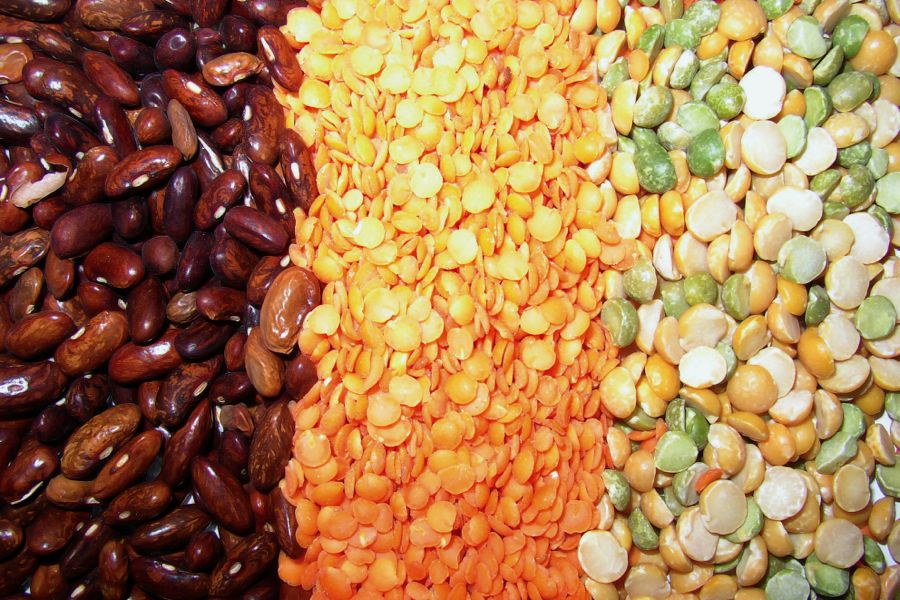Sept. 21 — Financial markets were slow and mixed again today, while energy markets continued on their slide downward again today.
Currencies were really sporadic today, with the U.S. dollar trading up over a full cent early, after which it backed off to close up three-10ths of a cent for the day.
The Canadian dollar was down as much as 1.25 cents today, but finished down 0.72 cents to close the day at US92.77 cents.
The Dow Jones December quote finished down 25 points, closing at 9,707.
Read Also

Pulse Weekly: AAFC forecast stands pat
There were no changes to the pulse numbers for 2025/26 in the October supply and demand report from Agriculture and Agri-Food Canada on Oct. 17. So far it has translated into Western Canadian pulse prices holding steady.
Crude oil is down $2.33 a barrel, at US$69.71.
Corn closed down one to two cents a bushel today.
Beans closed down 12-27.4 cents per bushel on the day.
Wheat futures closed down one to eight cents a bushel on the various exchanges. Minneapolis December wheat closed down 3.4 cents a bushel for the day.
Canola closed down $5.50-$6.30 per tonne today.
October Western barley dropped 50 cents a tonne, closing at $120. November futures are unchanged at $150.50 per tonne.
Looking at wheat markets going forward, I don’t see a whole lot of upside, short- or long-term. Abundant world supplies brought on by big acreage increases the past two years and above-average yields have built up world stocks faster than expected. This has driven prices to lower levels that will remain until stocks disappear and/or seeded acreage falls back to more traditional levels.
Recent reports say that world wheat acres need to be reduced by six to 10 million hectares (about 15 to 25 million acres) in order to bring world production back down to historical levels. This is expected to take at least two years, which means steady to lower prices for wheat worldwide until this corrects itself.
Current wheat yields in the U.S. and Canada are reported to be better than first thought, which doesn’t help the situation. The one issue they are facing in the U.S. is low protein in the wheat, which is starting to build a premium in the markets for high proteins at this time.
Current Canadian Wheat Board pool return outlook (PRO) values dropped hard last month and it is expected they will drop again this month. Expectations are that the PRO for No. 1 CWRS, 13.5 per cent, may drop another $10 per tonne, while the No. 2 and lower grades may drop $20 per tonne or more, reflecting the protein premium being offered on the Minneapolis exchange.
From a risk management perspective, you may want to look at locking some tonnes on the EPO to lock the PRO in, or use the fixed price contract to lock in a value that is equal to or just slightly better than the PRO minus the EPO premium.
I would also suggest looking ahead to next crop year and checking out what kind of a value you could lock in for wheat on the CWB’s BPC for 2010-11. Something to be aware of.
The next CWB PRO adjustment is due out Sept. 24 — this Thursday.
That’s all for today. — Brian
— Brian Wittal has spent over 27 years in the grain industry, including as an elevator manager and producer services representative for Alberta Wheat Pool, a regional sales manager for AgPro Grain and farm business representative for the Canadian Wheat Board, where he helped design some of the new pricing programs. He also operates his own company providing marketing and risk management advice for Prairie grain producers. Brian’s daily commentaries focus on how domestic and world market conditions affect you directly as grain producers.
Brian welcomes feedback and information on market conditions in your area, such as current offering prices, basis levels, trucking premiums and special crops contracts. Contact Brian today.















